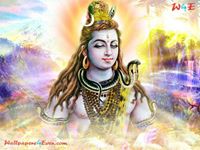The Old City also called “Pink City is located in which city in India?
The historical site is located in India’s Rajasthan state, a capital city called Jaipur. The official name is Jaipur City, Rajasthan. Here, the royal family once ruled the region. In 1727, the family founded what is now called the Old City or “Pink City” noted for its trademark color scheme on buildings as shown in the picture of the Jantar Mantar, one of its famous sites. Located within this complex is a gigantic triangular gnomon (part of a sun dial that casts a shadow) along with the world’s largest stone sundial. There are four Jantar Mantars in India, of which the largest is in Jaipur.
In 2011 the population hovered at 3.1 million, making it the 10th most populous city in the country. It is located 268 km (167 miles) from the national capital New Delhi. The official languages in Jaipur are Hindi and English with the regional dialect being Dhundari.
Historically, the city was founded by the Rajput ruler Jai Singh II (1628-21 to 1743), the ruler of the kingdom of Amber, after whom the city is named. It was one of the earliest planned cities of modern India. Today it is one of the popular tourist destinations in India forming the western part of the Golden Triangle circuit along with Delhi and Agra.
In 2019, the United Nations Educational, Scientific and Cultural Organization (UNESCO) inscribed Jaipur the “Pink City of India” among its World Heritage Sites.
More Info:
en.wikipedia.org


